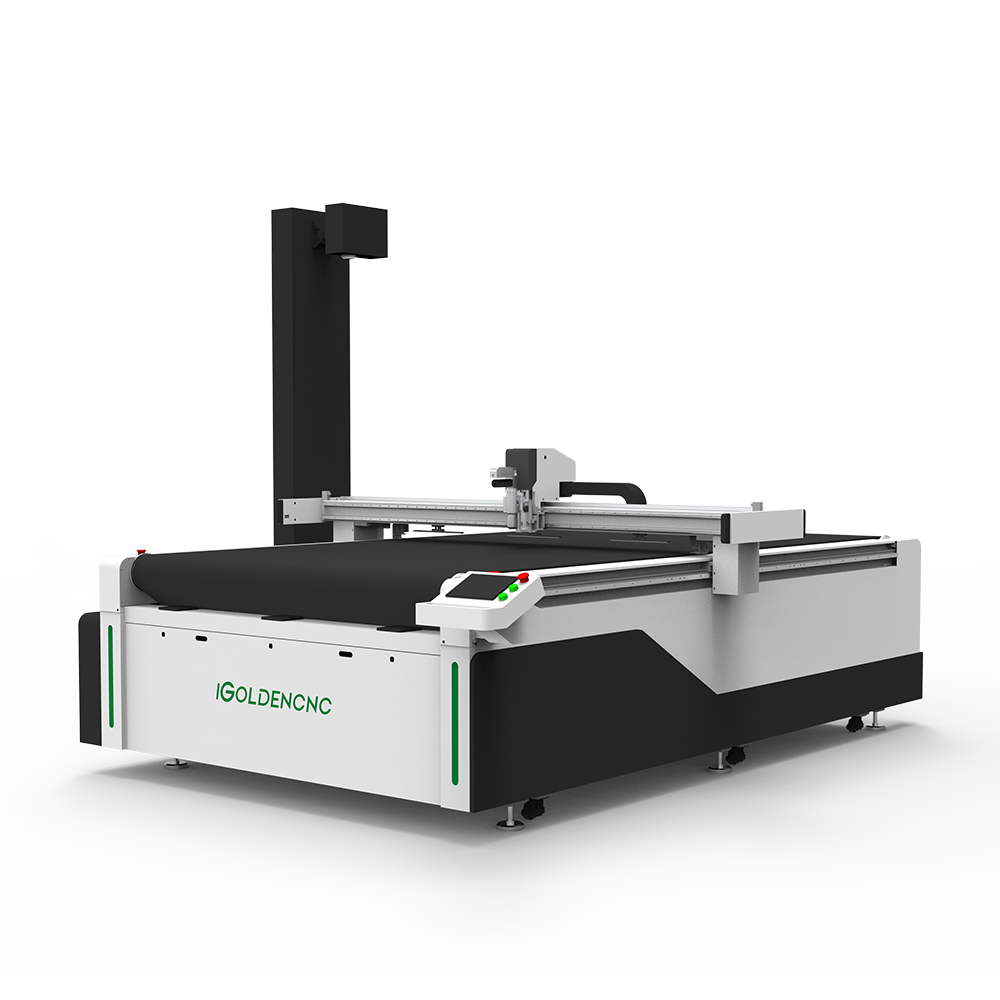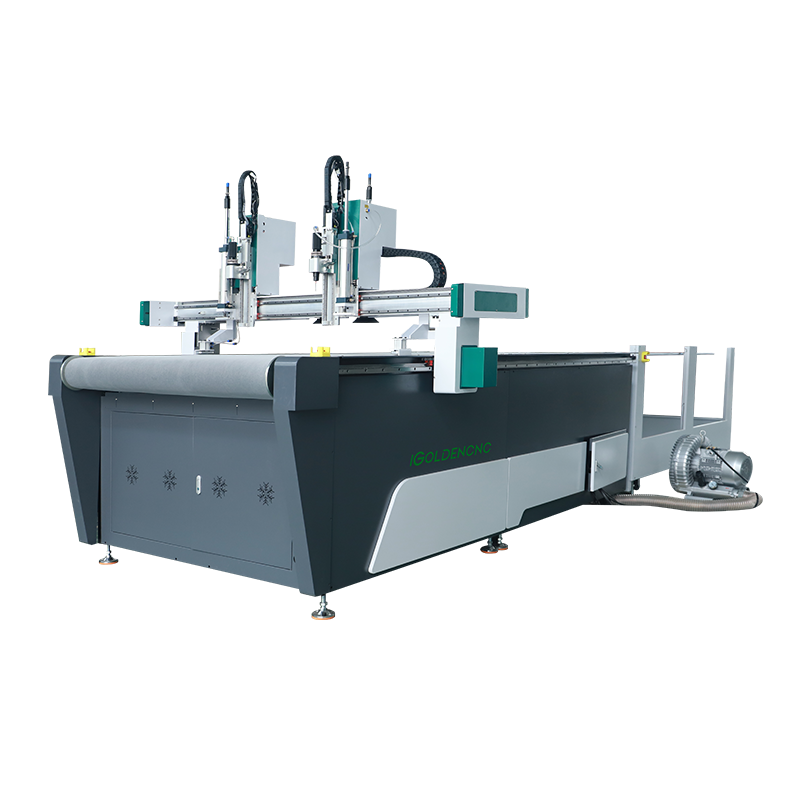Company News
Why Choose a Vibrating Knife for Cutting Flexible Materials?
n industries like automotive seating, luxury luggage, and medical protective gear, manufacturers face two core challenges: thermal deformation of heat-sensitive materials and soaring costs for complex contour processing. Traditional laser cutting causes burnt edges, die-cutting incurs high mold expenses, and waterjet cutting risks material wetting—until the vibrating knife cutting machine emerged, rewriting industry standards.
1. Absolute Advantages of Physical Cutting Principles
The vibrating knife operates at 20,000 vibrations per minute with a micro-amplitude of just 0.1-0.3mm, using mechanical energy to sever molecular chains without heat transfer. For heat-sensitive materials like polyurethane foam or PTFE medical films, this means zero charring, zero shrinkage, and mirror-smooth cuts.
2. Intelligent Adaptive Systems Break Through Technical Limits
• 3D Pressure Sensing: Automatically detects material hardness gradients (e.g., padded car headliners) and adjusts cutting pressure in real time.
• Vision Compensation Technology: CCD cameras track material stretch and dynamically correct cutting paths.
• Multi-Layer Stack Cutting: Precision cutting of 30 layers of Kevlar fabric in one pass, boosting efficiency by 400%.
3. Economic Revolution: From Mass Production to Customization
Traditional die-cutting requires 5,000−20,000 for each new steel mold, while vibrating knives directly process CAD designs. A luxury leather goods manufacturer slashed prototyping cycles from 45 days to 3 days and increased profit margins for small-batch orders by 27%.
4. New Benchmark for Eco-Compliance
Unlike laser cutting’s VOC emissions, vibrating knives achieve ISO 14064-certified physical processing. A German automotive supplier secured a Tesla Cybertruck interior contract by cutting carbon fiber/Alcantara hybrids with zero emissions.
5. Smart Interfaces for the Future Factory
Next-gen features include:
-
Digital Twin System: Simulate cutting scenarios in virtual environments.
-
Blockchain Traceability: Encrypted process parameter logs for every cut.
-
5G Edge Computing: Real-time optimization of millions of cutting paths.










